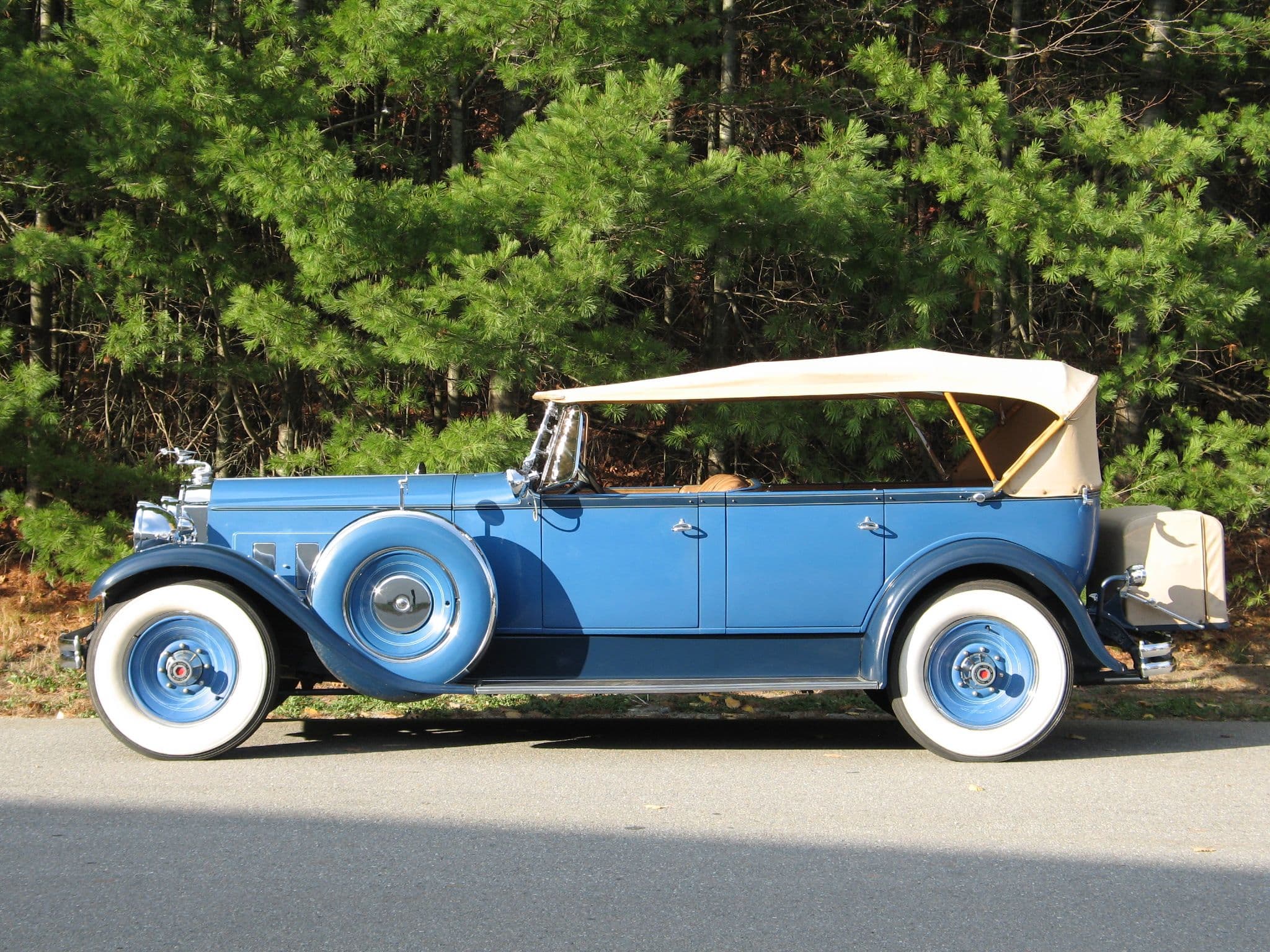
Information Sources
Vintage top materials
Information sources vary by time period in the auto industry, and are not consistent from one car maker to the next, but these guidelines should help. Prior to 1915 many sales catalogs and some advertisements specified the top material(s). These can help in making a choice between surface-coated (vinyl) or cloth types. From the twenties through the thirties, manufacturer’s service parts lists or body specification publications may help, although some material descriptions are unclear from today’s perspective. Likewise with any trade letters to dealers. Dealers’ trim and upholstery books provide useful reference sources, especially from the early fifties onward.
If there is a club that specializes in your make of car, the club’s technical committee can often provide information. Museums and library collections could help, too, if they offer reasonable access to any detailed technical or sales documents for a given car marque. Sometimes the Pre-1946 car manufacturer’s literature referred to top materials by trade name. Most of the common ones are listed in the Glossary at the end of this article.
A very aged top on a car may be original, but the only sure way of determining this is by removing the top from the bows or tacking strips (assuming they are original). If you find more than one set of tack holes then the top material is not original. If there is just one set of tack holes in all bows (being wary of bow or tacking strip replacements), you can then examine the material as a standard for reference. At this point you need to find the freshest, cleanest available portion of the topping. Original equipment side curtains for open-bodied cars often provide a better example, usually being of the same material as the topping. On the top itself, look for areas concealed from weathering, wear and fading. Soiling and fading can alter a material’s surface appearance, so those areas concealed under flaps usually offer a better example of appearance. So do reinforcing straps and top pads, if made from the same material. Keep in mind, too, that top bows and reinforcing straps conceal and protect areas of the top material lining fabric. In some cases the lining may have faded or discolored due to soiling. Save a piece of any original topping (and other trim materials) you find. The bigger the piece, the better. These can be valuable for reference later on.
Prior to 1935 makers of car care products offered various “top dressing” compounds, usually as a brush on liquid. The older the top, the more likely it is to have received such a treatment. For this reason, very old cloth tops can seem to have a surface coating. A top dressing coat on a cloth top material will be very, very thin, and probably does not conceal the surface pattern of the underlying fabric.
